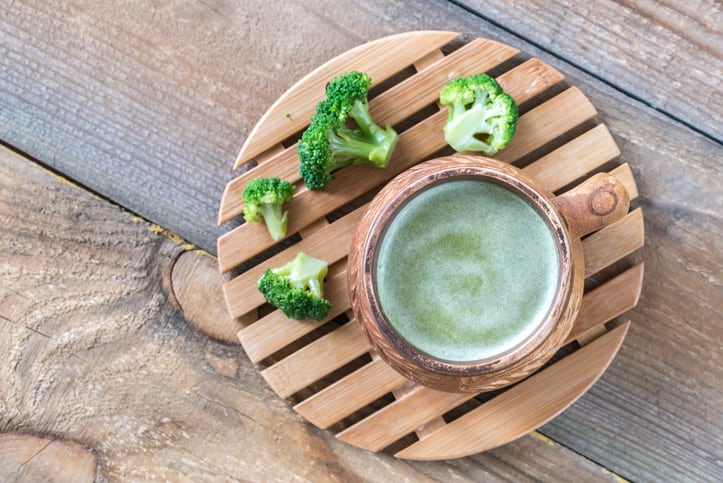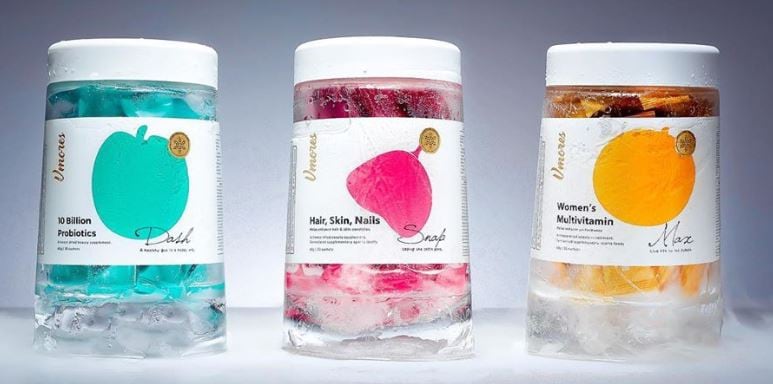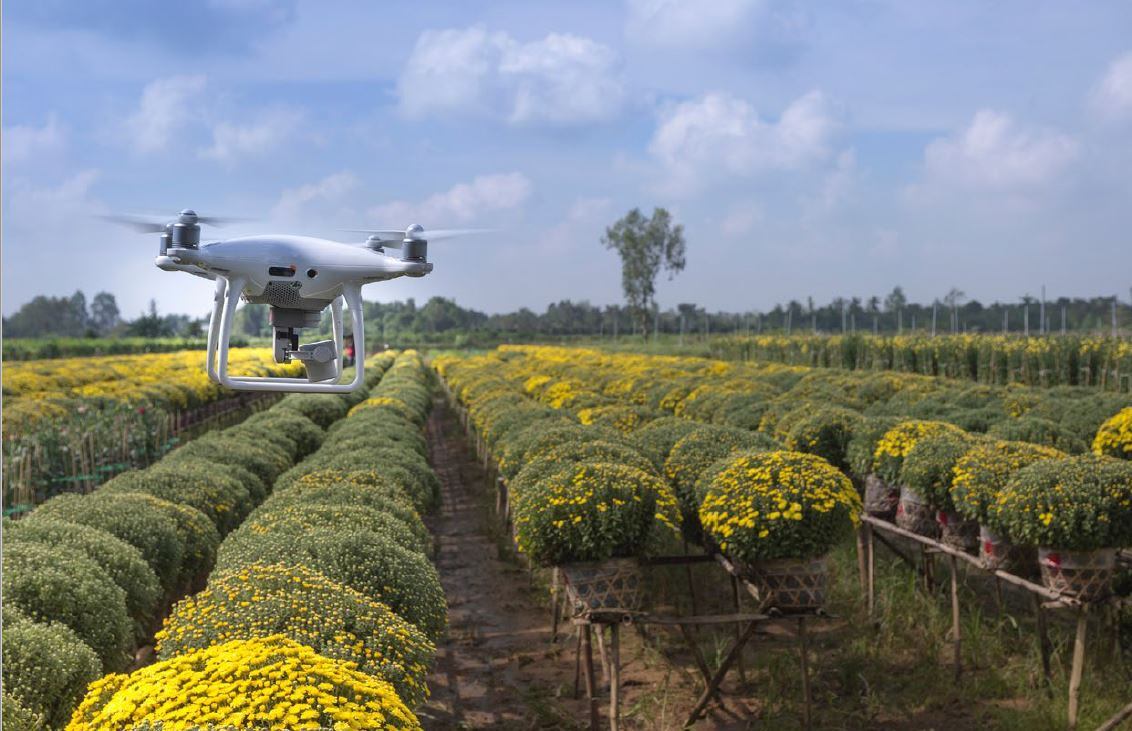The project has been undertaken by Australia’s Commonwealth Scientific and Industrial Research Organisation (CSIRO) and Hort Innovation, the country’s horticulture industry body.
A CSIRO study revealed that five million tonnes of fruits and vegetables were lost before reaching supermarket shelves in Australia, and thinks that vegetable powder could be a way to fight against food waste.
In addition, Australia’s horticultural losses accounted for AUD1.8bn (USD1.2bn) in 2015.
CSIRO’s chief research scientist of agriculture and food, Dr Mary Ann Augustin told us: “The motivation for the food loss and waste work CSIRO undertook with the Australian peak industry body, Hort Innovation, was to convert edible fruit and vegetable material into food products or ingredients for foods or food supplements.”
She expressed that vast quantities of still edible material do not reach consumer markets for a variety of reasons, for example they do not meet retail specifications (for being ‘ugly’), and hence are lost to the food supply chain.
“We wanted to create stabilised food products using cost effective processes to maximise horticultural produce reaching the market.”
“The benefits would be two-fold. It would help minimise food loss and waste in the supply chain, and contribute to food security. Converting still edible but unmarketable or underutilised produce into value-added products would also provide farmers with an alternative source of revenue.”
Broccoli is superfood
While there are many types of vegetables out there, Augustin said they chose to start with broccoli for several reasons.
“Nutritionally, broccoli is a good source of fibre and phytonutrients, and when harvested, the bulk of the leaves and stems are normally left behind in the field, even though they are edible. So this posed an opportunity to use the portion that is not harvested and bring it in to the food supply for its nutritional value,” she explained.
The broccoli is dried and grounded into a fine powder, and by doing so, can be preserved in a dry, shelf-stable form with its nutrients in a concentrated form.
According to Augustin, broccoli powder made from broccoli head has approximately 30% protein and 28% fibre. Broccoli is also a good source of Vitamin A, B6, C, E, K, and manganese.
“The nutrient rich powders, extracts and concentrates we’ve developed could find application not only in foods such as coffee, smoothies, baked goods, but also in food supplements such as tablets, capsules, shots, gels etc.”
CSIRO is currently in discussions with several food companies to release products containing this broccoli powder to supermarkets, which Augustin said will be announced over the next few months.
What’s next
In principle, any fruit and vegetable or their parts can be processed to provide nutraceutical value in food products and dietary supplements.
“However, in addition to achieving the required active value of the nutraceutical compounds in the selected food or food supplement, it is critical to also deliver the required bioavailable dose,” Augustin told us.
Augustin said CSIRO is working with Hort Innovation to further research in this area.
In a recent project funded by Hort Innovation, it examined the isolation of phytochemicals from broccoli and carrots. “We are further refining and validating the nutraceutical potential through processing transformations, formulation and human dietary intervention studies.”
Apart from vegetable powders, they are working on the potential of extruded vegetables snacks and products. Consumer survey have demonstrated 80 to 85% acceptance on extruded vegetable snack products.




